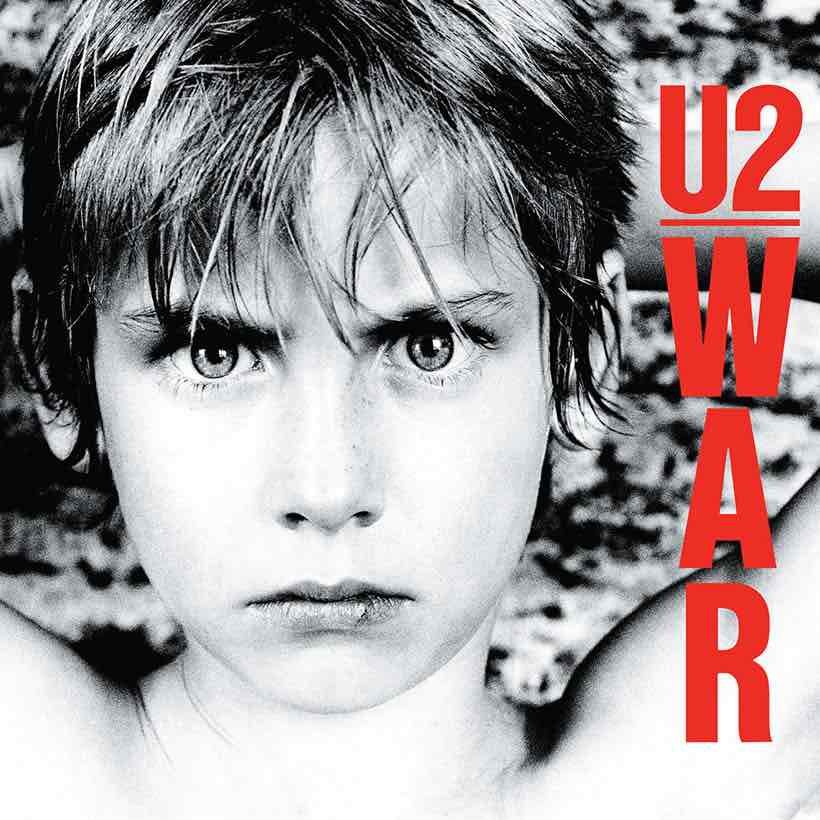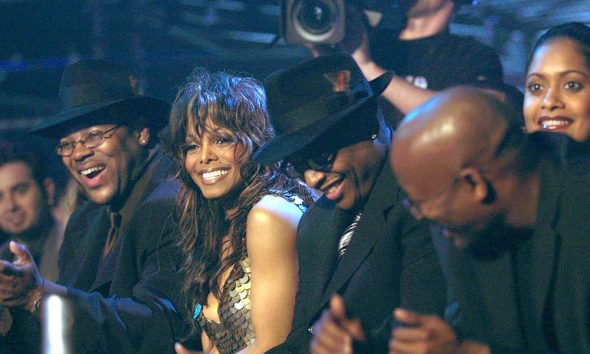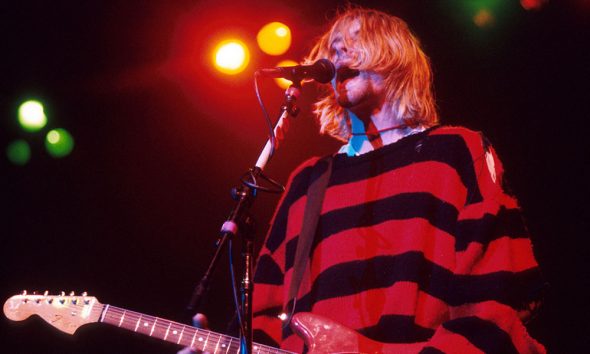‘War’: U2’s Declaration Of Intent With Third Album Statement
‘War’ was a loud and clear statement that U2 were ready for the world.

“Is That All?” That was the question posed by U2 back where they had left off, on the last track of their sophomore set October, in the autumn of 1981. No, that most certainly was not all.
The next time we heard from them on an album, they had developed into something more outspoken, more political and even more muscular. The message went out, just like the title says, with a single released on New Year’s Day, 1983. Fearlessly addressing the Polish Solidarność movement that dominated the headlines of the period, it proved that political motivation and rock credibility can be bedfellows after all.
Bono’s impassioned vocals and The Edge’s evocative piano narrative took the lead on a song that swiftly became an anthem everywhere, from American rock radio to MTV to the upper chart echelons of Europe and beyond. By early February, “New Year’s Day” was the band’s first British Top 10 single, and the scene was set for a much-anticipated third album.
When it arrived on February 28, War was a loud and clear statement that U2 were ready for the world — and as the gold and platinum certifications started to accrue, it was clearly reciprocal. Among its countless achievements, one of the most cherished was that the record became their first UK No.1, the first of ten to date.
Just as during the October chapter, much groundwork had been laid with domestic and international touring in the early stages of 1982, including two months on the road in the US. In the employ of another cause the quartet were impassioned about, they also played a No Nukes show in Utrecht in April, with the likes of the Stranglers and The Beat.
Back to Windmill Lane
After that, it was back to work at Windmill Lane. A large chunk of 1982 would be spent at that Dublin studio working on new material, but the band still managed to be on the road through much of the summer, at festivals ranging from Roskilde in Denmark to Rock On The Tyne in Gateshead. There was a summer break from the intensity for Bono’s August wedding on the outskirts of Dublin to Ali Hewson, which the couple followed with a short sojourn in Jamaica.
When U2 returned to the road in the latter part of the year, they had a new album, produced for a third time by Steve Lillywhite, ready to make its appearance. The sharply-titled Pre-War Tour went into battle across the UK and Ireland in early December, armed to the teeth with the live debut of “New Year’s Day,” “Surrender,” and the song that would grab listeners by the throat when the LP arrived, “Sunday Bloody Sunday.”
The sentiment was close to home, boldly addressing The Troubles, as Northern Ireland’s political and religious trauma came to be known all too well. If the title came from the infamous 1972 Bogside massacre, the anti-sectarian message was sadly relevant all over the world. A December 20 concert had them performing the song in Belfast.
By the time U2 finished their 1982 touring, with three nights back home at SFX in Dublin, ending on Christmas Eve, “Sunday Bloody Sunday” and “New Year’s Day” were essential focal points of the set. Those who tally such things calculate that they are both among the band’s five most-performed songs.
‘1980s-style adulthood’
They also became the driving forces of the War album. U2 were now, so to speak, big enough to shoot at, and the New Musical Express, among others, predictably loaded their pens with vitriol. Creem magazine was more sympathetic, seeing War as a loss-of-innocence, coming of age record. “The persistence of The Troubles [in Ireland] has forced the group into 1980s-style adulthood,” wrote Richard Riegel, “with lifetime passes to all the weighty seriousness they aspired to in their mooncalf-banshee days.”
Listen to the best of U2 on Apple Music and Spotify.
Far more importantly, the connection between U2 and their audience was now permanently locked. That applied not just to the paying public, but certain artistic forerunners, who also volunteered their endorsement. “When it comes down to what I listen to in the car,” offered Pete Townshend enthusiastically in 1983, “at the moment, it’s very much U2, who sound a bit like certain early Who mixed with the Byrds mixed with the Beatles. It’s difficult to explain, but it’s just a sound that very much appeals to me.”
The sound of War was bigger than ever, with Larry Mullen Jr’s drums venting admirably on the likes of “The Refugee,” while Adam Clayton’s snaking bass and The Edge’s choppy lead lines brought something close to a new wave dance groove to “Two Hearts Beat As One.” “I don’t know which side I’m on,” keened Bono, with a sense of alienation that was, perhaps perversely, now helping to turn U2 into a very big deal indeed.
Trying to strip away everything
“I think we’ve reached the point,” said Clayton at the time, “where we have the skill to direct the playing on each song right towards the feeling that caused the song to be written. We’re trying to strip away everything till we get to that cause.”
See the stories behind each of U2’s studio albums in sequence.
In what looks in retrospect almost like a changing of the guard, War removed Michael Jackson’s Thriller from No.1 when it entered the UK chart at the very top in March 1983. Other newcomers of the week, from the traditional rock of Thin Lizzy to the synth tones of OMD, couldn’t compete. Then, where else but back to the road for 100-plus shows, as U2 elicited superlatives from the American media and made new inroads everywhere else.













Rolling thunder
July 8, 2020 at 8:40 pm
War one of my faves back than and now!